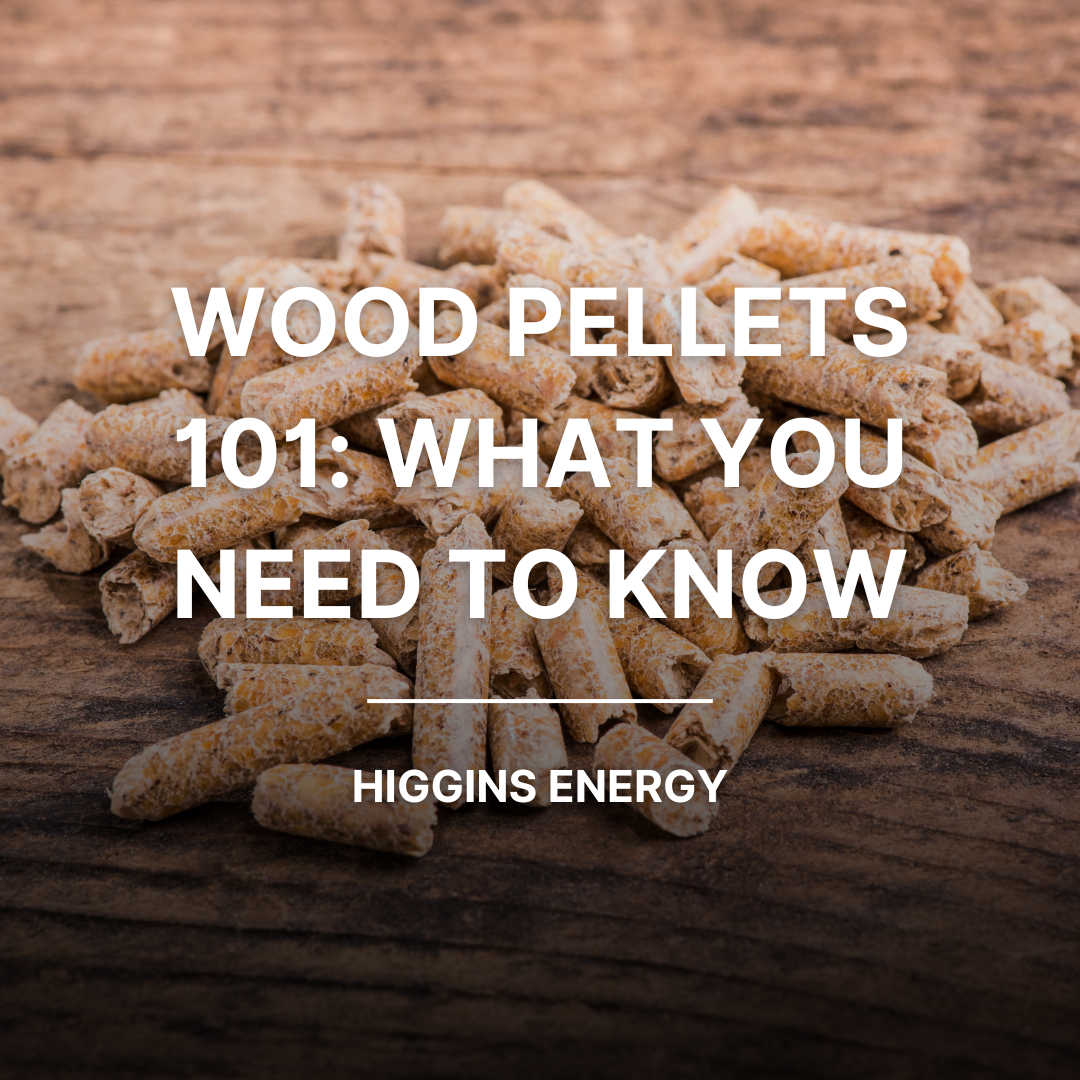
Burning pellets in a pellet stove is a preferred heating option for more than one million families across the United States. It is a cost effective, clean, and convenient method to heat your home with pellet fuel. However, while the choice to burn pellets is simple, choosing the type of pellets can be a little confusing, leaving homeowners asking questions like: Do I choose a softwood or hardwood? How many BTUs do I need to heat my home? What is a BTU anyway?
Whether you have recently purchased a pellet stove for the coming winter season, or if you’ve been burning pellets for years, we’ve done the research to put your questions to rest and help you choose the best pellets for your home. The main factors to consider when selecting and purchasing pellets are type of wood, BTUs (the heat output), ash content, and of course, price.
Type of Wood
Typically, there will be two types of wood used in wood pellets: hardwood or softwood. Hardwood in its raw form burns for longer as it has a higher density. Softwood, on the other hand, typically has higher BTU’s due to the lignin concentration in the wood, so it burns hotter.
So, what does that mean for your pellet stove? Not a lot. During the pellet production process, sawdust and wood residuals are compressed into pellets, and the type of wood used can either be used consistently, or blended. Once compressed, both hardwood and softwood pellets end up with a similar density. In its raw form, hardwood is very different from softwood, but once it is compressed, the type of wood does not make much of a difference in heating your stove if you have a quality pellet stove with good air flow.
The real thing to look for in your type of pellet is the quality of the wood, ensuring that the pellets you choose are made of real wood, and not mixed with cardboard, bark, or synthetics.
BTUs
BTU means “British Thermal Unit,” which measures energy. The BTU’s of your wood pellets, in essence, is the measurement of heat output. High BTU’s means it burns hotter.
The measurement of pellet BTU’s ranges on average from 8,000 – 8,900 BTU’s per pound. You will see the BTU measurement of each brand we carry on our pellet pricing chart. So, how many BTU’s do you need to heat your home? It will depend on your insulation, the space you are trying to heat, and several other factors. You can use this BTU calculator from We Love Fire to measure your space!
Ash Content
The ash content of your pellets measures the output of ash during the burning process based on the percentage of weight. Ash content should measure less than 1% of the total weight of the pellets (on our pellet pricing chart, we did the math for you!)
In simpler terms, it determines how often you must clean your pellet stove of the ash residue. A low ash content means you must clean your stove less often since it puts out less ash, which is a factor that many pellet stove owners consider very highly.
How do I choose which pellets to buy?
All in all, choosing pellets is entirely dependent on your preference and your budget. Some pellet stove owners swear by the quality of softwood pellets, while others prefer the long, hardwood pellet burn. There are advantages to both types of pellets, which is why Higgins Energy carries a large variety of pellet brands from varying manufacturers to suit the needs of every homeowner. You can find our current pellet selections on our website here.
As always, if you have any questions on your pellets or figuring out what pellets are best for your home, our team is here to help! With over 45 years of experience, we know a thing or two about pellets and we can help you decide which type of pellet would be best for your home, your stove, and your budget. Please contact us with any questions you may have, or give us a call at 978-355-6343!